Ron Burgundy is the eccentric protagonist of the ‘Anchorman’ satirical comedy movie franchise. He is a sexist and self-centered news anchor, who along with his motley group of childhood friends, works at a local San Diego TV station during the 70s. He is highly obsessed with his hair and himself, and thus, gets annoyed when he finds a new rival in Veronica Corningstone, the first female news anchor in his workplace. With his silly yet sassy antics, Burgundy’s character has surely won everyone’s hearts and fans of the franchise often wonder whether he draws inspiration from an actual TV anchor. If you too wish to find out more about Ron’s true origins, you’ve found an ally in us. Let’s find out together!
Is Ron Burgundy Based on a Real Person?
Ron Burgundy is partially based on not one, but several people. Firstly, his physical appearance and suave attire are reportedly inspired by Harold Greene, an accomplished journalist and newsreader who works at KCAL 9 News and CBS 2 News in Los Angeles. Earlier, he used to work at KCST-TV and 10News in San Diego during the mid-70s and early 80s, and Burgundy’s clothes and hair are influenced by his looks during that time. His colleague Jack White served as a consultant for the movies and shared in a May 2013 interview that the makers searched through some of his old scrapbooks, and seemingly modeled Burgundy’s look based on Greene’s photos.
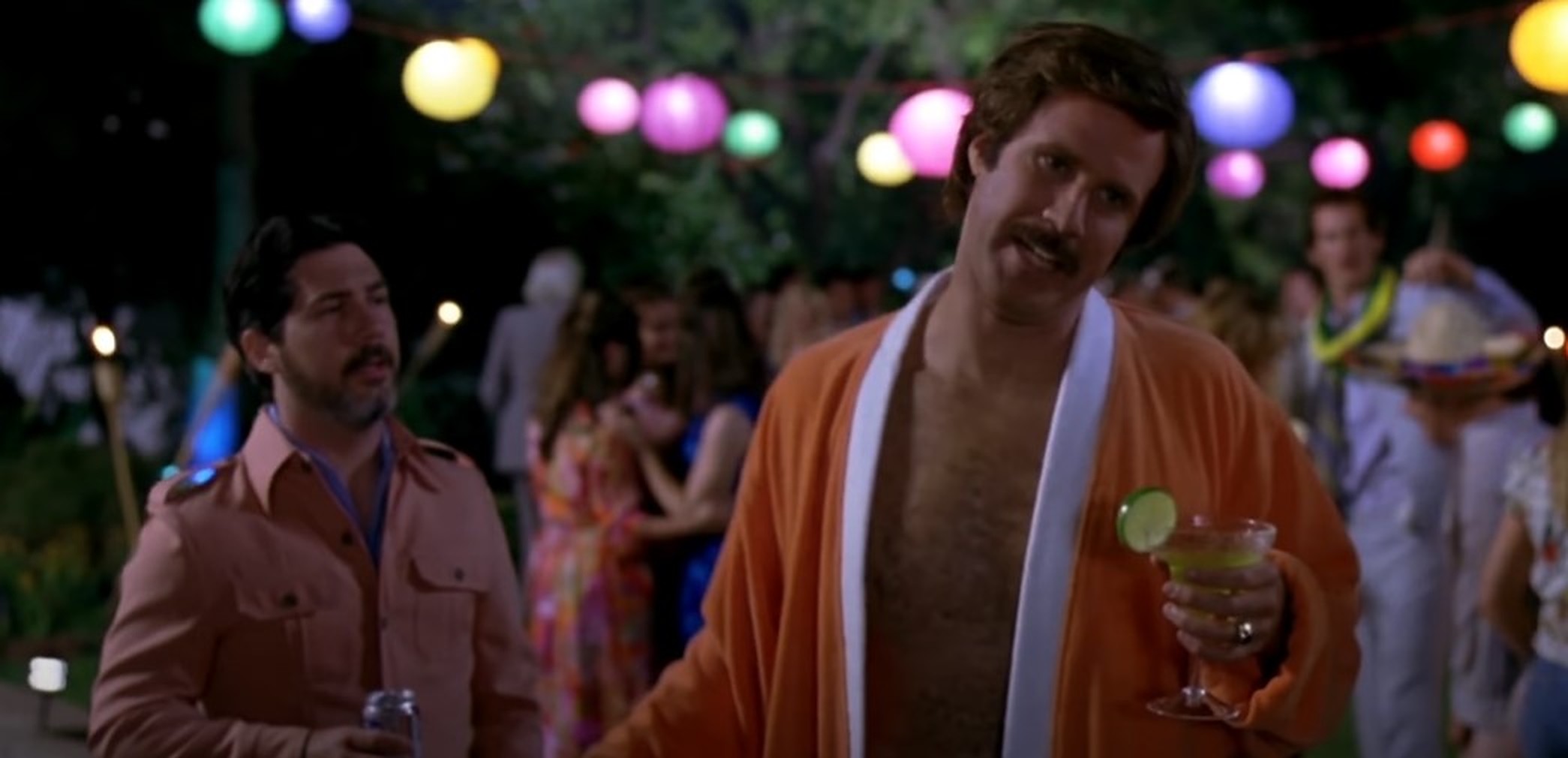
Coming to how Ron Burgundy was created, actor Will Ferrell, who essays him, got the idea for the character while reportedly watching a TV documentary about Jessica Savitch, one of the first female news anchors on the small screen. In that, Mort Crim, her former co-anchor from the 70s, confessed that he was not nice to her back then. Noting the rampant sexism in the newsroom during that decade that his words echoed, Ferrell came up with Burgundy’s character and shared the concept with Adam McKay, the director of the ‘Anchorman’ movies.
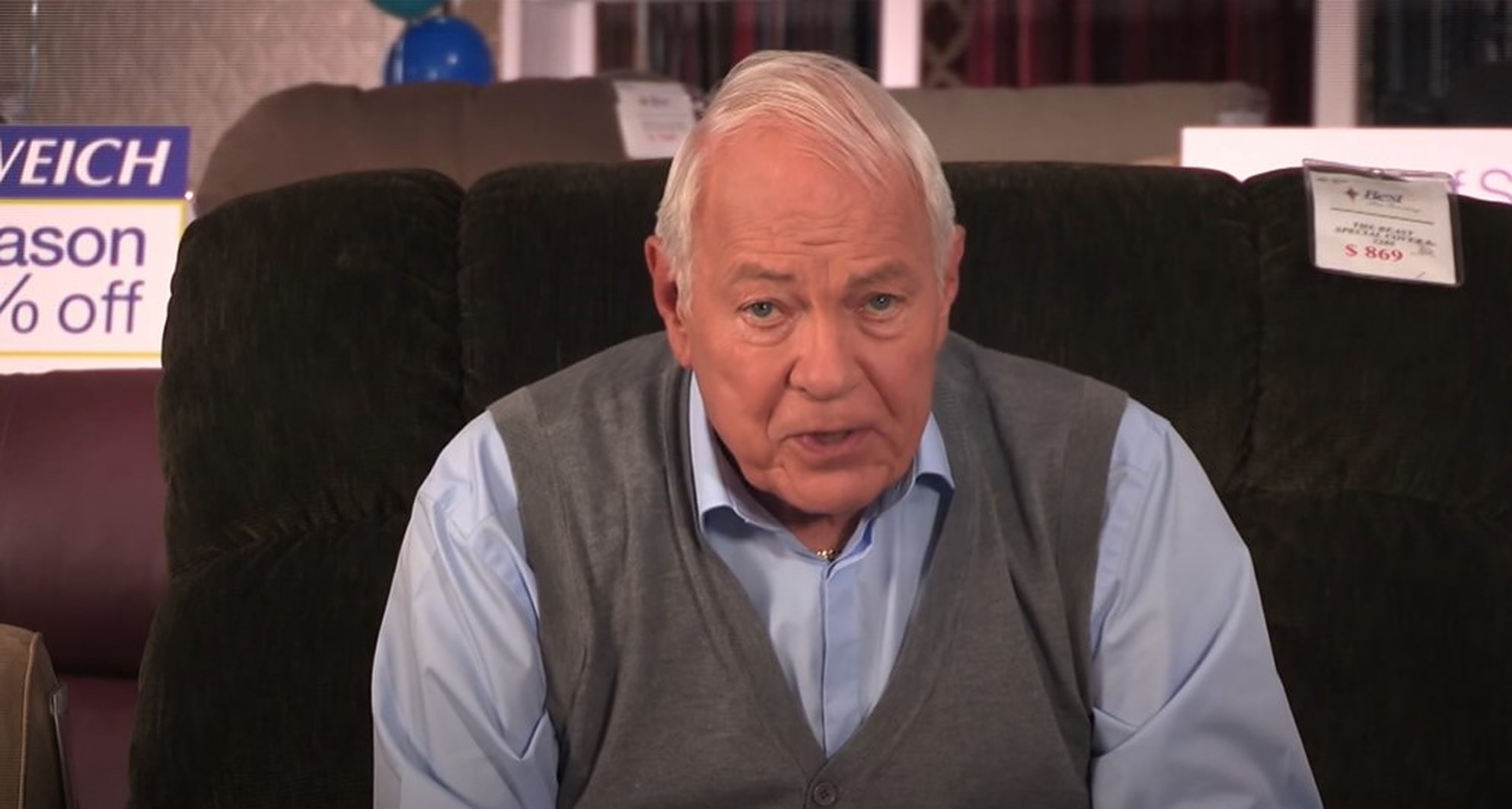
In a November 2013 interview, Ferrell quoted Crim’s words in the documentary and stated, “He literally said the line: ‘You have to remember, back then I was a real male chauvinist pig. I was not nice to her.’ “The actor further added how he pitched the first movie to McKay, saying, “The first time a woman comes into the newsroom, and you just have this petulant news team, that she’s obviously 10 times smarter than they are, and yet they’re in the dominant position…That was simply the idea, and we just went from there.” The director continued this thought and shared, “That avuncular, comforting, authoritative voice saying horrible things made us laugh.”
Apart from this, Ron Burgundy is a realistic character mostly because of his ignorant nature and relatable actions. In daily life, we often tend to avoid the problems that happen in the outside world, and end up making careless comments. Burgundy mirrors this very human flaw confidently, and thus strikes a chord with the audience. Besides Crim and Greene, the fictional anchorman has been built on Ferrell and McKay’s observations of numerous news anchors of the 70s and does not resemble any particular person off-screen.
Are Anchorman Movies Based on True Stories?
‘Anchorman: The Legend of Ron Burgundy’ is the original movie in the franchise, and is partially based on a true story. It introduces the audience to Burgundy and his friends, and how they react viciously upon the arrival of female news anchor Veronica Corningstone. The rest of the narrative chronicles her and Burgundy’s intense rivalry, which is also laced with hilarious misadventures. As mentioned above, the movie is loosely based on late news anchor Jessica Savitch and her troubled equation with her colleague Mort Crim.
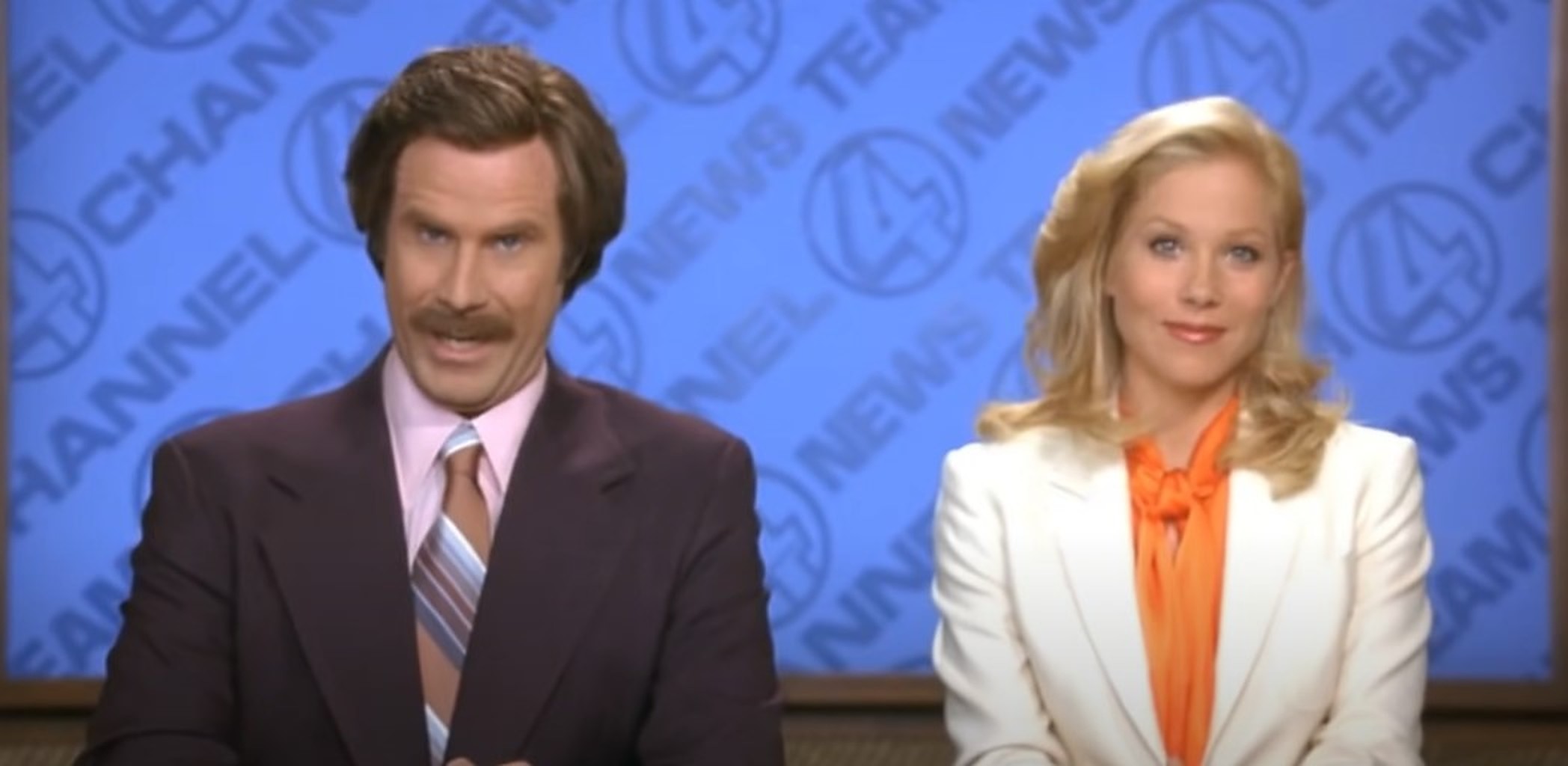
In a December 2013 interview, the latter confirmed being the inspiration for Burgundy’s character. “I don’t think you ever really see yourself in a parody, but it was fun. Like any good satire, he took a basic idea and took it all to the extreme to get comedic value from it. I didn’t take any offense to it. I have been parodied before in other situations in my public life,” he said. In yet another interview with USA Today, the former anchorman divulged about the newsroom environment in the 70s and how it was unfriendly toward new female employees.
Furthermore, he clarified how accurately the movie depicts his and Savitch’s equation, saying, “Was there some resentment about a 25-year-old, relatively inexperienced woman being brought in and plopped down in the anchor desk? I think that aspect of having someone with less qualifications primarily because she looked great on camera offended us more than her being a female. There’s an element of truth, but I don’t think it was sexism. Of course, that wouldn’t make nearly as good a movie.”
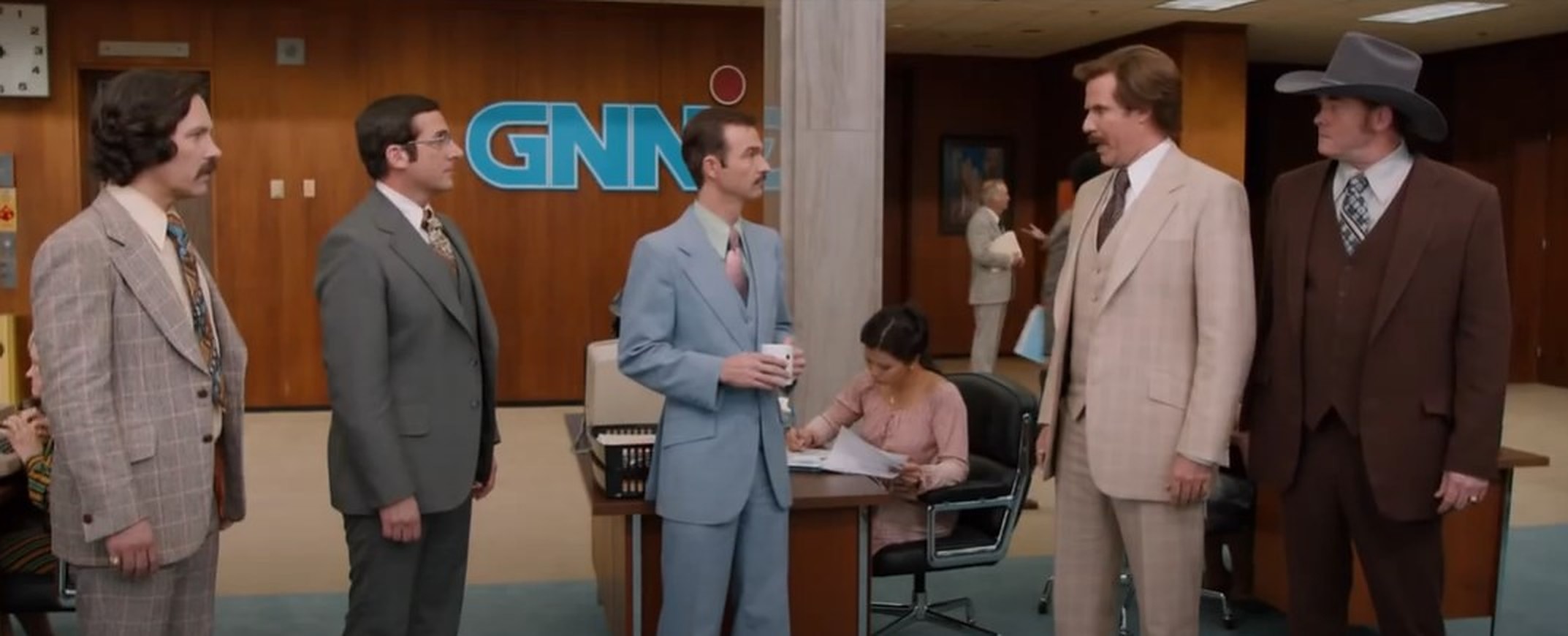
Thus, we can say ‘Anchorman: The Legend of Ron Burgundy’ is a parodied depiction of the local news channels of the 70s, and aptly draws from the mannerisms and ideologies of the people who worked in them. Its sequel ‘Anchorman 2: The Legend Continues,’ transports the audience into a new decade and follows Ron Burgundy and his friends taking over the 24-hour news scene in 80s New York. While the second movie is not based on any true incidents, it accurately tries to capture the burning trends in the media of the 80s.
For instance, it explores the aggressive patriotic approach adopted by the news anchors in those times, the emergence of media channels owned by large corporations, infotainment, as well as the raging discussions of race and sexuality in the news. The realistic narrative and themes of the movies are further brought alive by the believable performances of the cast members. It can hence be reiterated that both Ron Burgundy’s character as well as the two movies are a mix of majorly fictional and a few parodied real-life elements, and should be thus enjoyed as entertainment.
Read More: Greatest Movie Characters

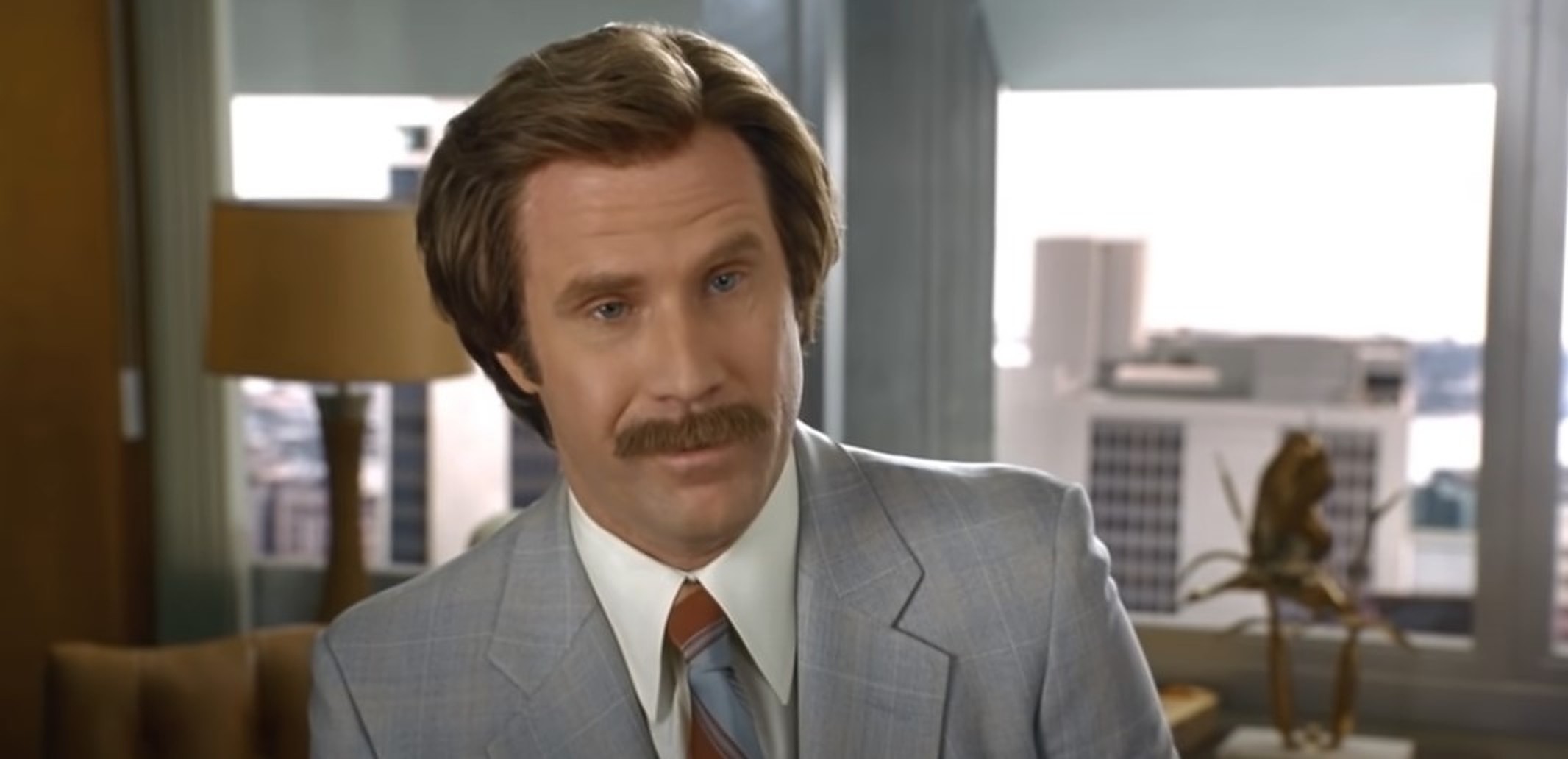
You must be logged in to post a comment.